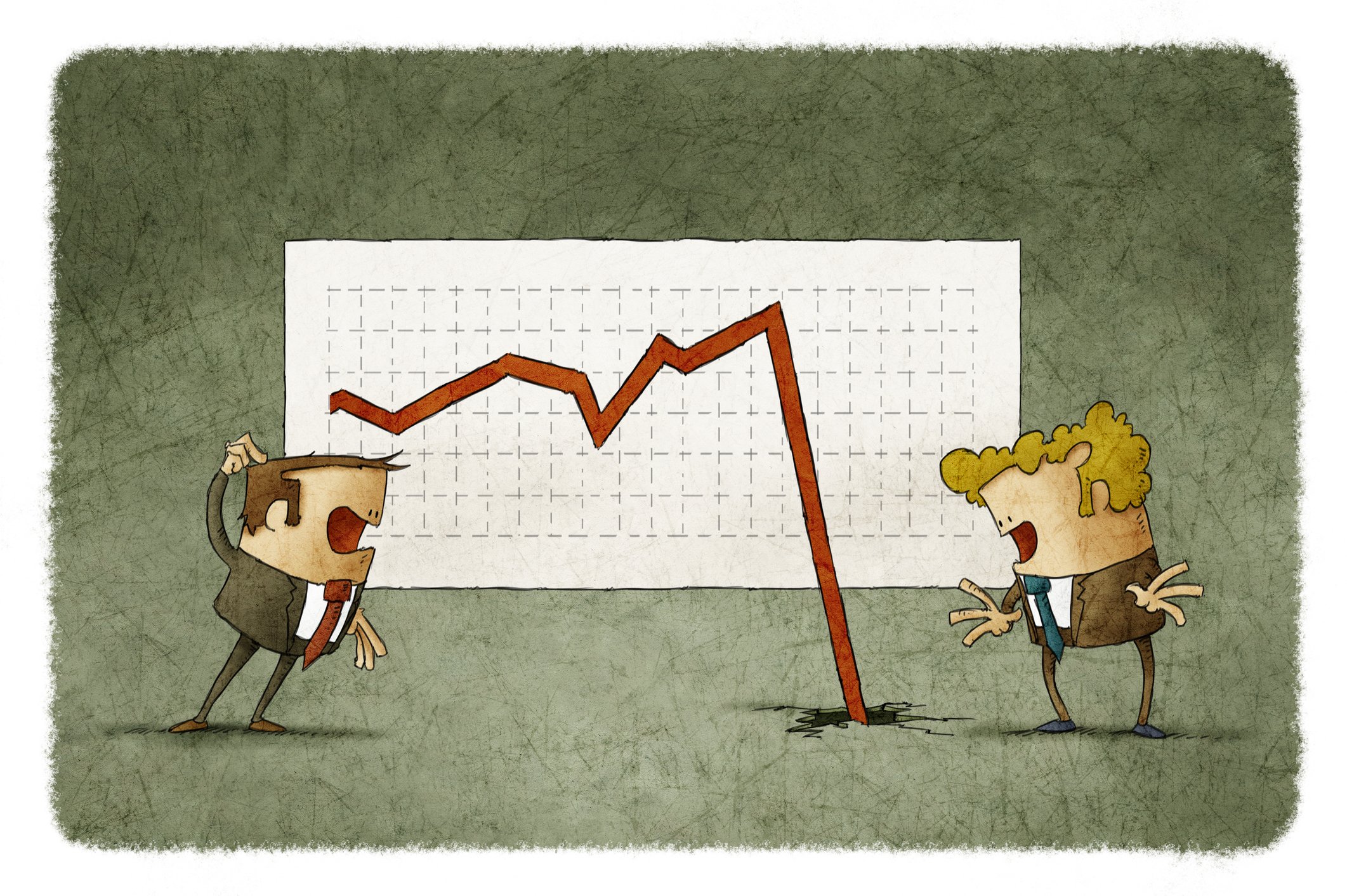Every day, Wall Street analysts upgrade some stocks, downgrade others, and "initiate coverage" on a few more. But do these analysts even know what they're talking about? Today, we're taking one high-profile Wall Street pick and putting it under the microscope...
2019 has not been a great year for motor home sales.
According to figures published by the RV Industry Association, January 2019 sales of RVs plunged 40% from what the industry enjoyed in January 2018. Sales were down 15%, 26%, and 15% in February, March, and April, respectively. That's as recent as RVIA's data goes, but the trend here is a pretty clear one: Down, downer, and down a bit more.
So why is one Wall Street analyst telling investors to buy shares of Winnebago Industries (WGO +1.95%) and Thor Industries (THO +1.87%) today?

Image source: Getty Images.
RVs on the move
It's not as if Winnebago and Thor have avoided the RV industry's roadside pileup, after all. Shares of Winnebago Industries have lost 11% of their value over the last 12 months, and Thor stock is off 45%. Earnings fell 2% at Winnebago last quarter, and at Thor they plunged 77%.
Despite these terrible numbers, though, Northcoast Research has upgraded both Winnebago and Thor stocks to buy.
Upgrading Winnebago
TheFly.com has the details. Calling Winnebago a well-managed company producing strong free cash flow and enjoying market share gains against its peers, Northcoast tapped a new analyst to take over coverage of Winnebago, who promptly upgraded the shares to buy with a $47 price target.
(Because Winnebago currently costs less than $37 a share, this works out to a prediction that the stock will shoot up 28% over the next 12 months.)
Now, Northcoast isn't blind to Winnebago's problems. The company's sales declined 8% in its fiscal second quarter 2019, and the analyst notes that Q3 sales will be hurt by weak shipments once again. Regardless, with the entire industry struggling, Northcoast believes that even these weaker sales will show that Winnebago is gaining share in this shrinking market.
With a market capitalization of only $1.1 billion and about $274 million in net debt, Winnebago carries an enterprise value of just $1.4 billion. Thus, the stock's debt-adjusted P/E is only about 14 times its $106 million in trailing earnings -- or 17.5 times Winnebago's $80 million in trailing free cash flow. These aren't terribly high valuations for a company that most analysts expect to grow its profits at 15% annually over the next five years, and that pays its shareholders a modest 1.2% dividend yield.
Upgrading Thor, too
The story is similar with Thor. Here, Northcoast sets a $67 price target on a $54 stock (24.5% upside), again citing strong management. Moreover, Northcoast believes that the company's leading portfolio of brands put it in the driver's seat to take advantage of any opportunities to expand its business that may present themselves.
Indeed, with a market capitalization nearly three times that of Winnebago (the company once so closely associated with the product that its name is practically a generic for "RVs"), and $7.4 billion in sales dwarfing Winnebago's $2 billion, Thor is clearly the leader in this industry.
But is it a better buy than Winnebago?
How to pick between two buy ratings
To find the answer, let's consider the valuations of these two stocks.
As already noted, once you factor debt into the picture, Winnebago costs about 14 times its trailing-12-month earnings and about 17.5 times free cash flow.
As for Thor, with only $129 million in trailing earnings and a $2 billion debt load, Thor sells for a debt-adjusted P/E ratio of nearly 39, which makes its stock look much more expensive than Winnebago's on the surface. It's not, however -- or at least, not necessarily.
Consider that over the last 12 months, Thor has produced much healthier free cash flow than its GAAP earnings might suggest. Thor churned out $323 million in real cash profits over the past year -- nearly three times its reported net income. As a result, Thor's enterprise value is actually only 15.5 times its free cash flow, a cheaper multiple than Winnebago's 17.5.
Granted, part of the reason for the lower valuation on Thor could be the fact that analysts only expect to see the company grow its earnings at 11% annually over the next five years. However, Thor arguably makes up the difference by paying its shareholders a 2.9% dividend yield. This increases the total return investors can expect to gain from Thor stock, annually, back up to 13.9% (versus 16.2% for Winnebago).
On balance, I have to say that both stocks look attractively priced to me. Given my druthers, I'd probably gravitate more toward Winnebago for its more conservative debt load -- but that's just me. Northcoast thinks they're both pretty appealing, and I agree.







